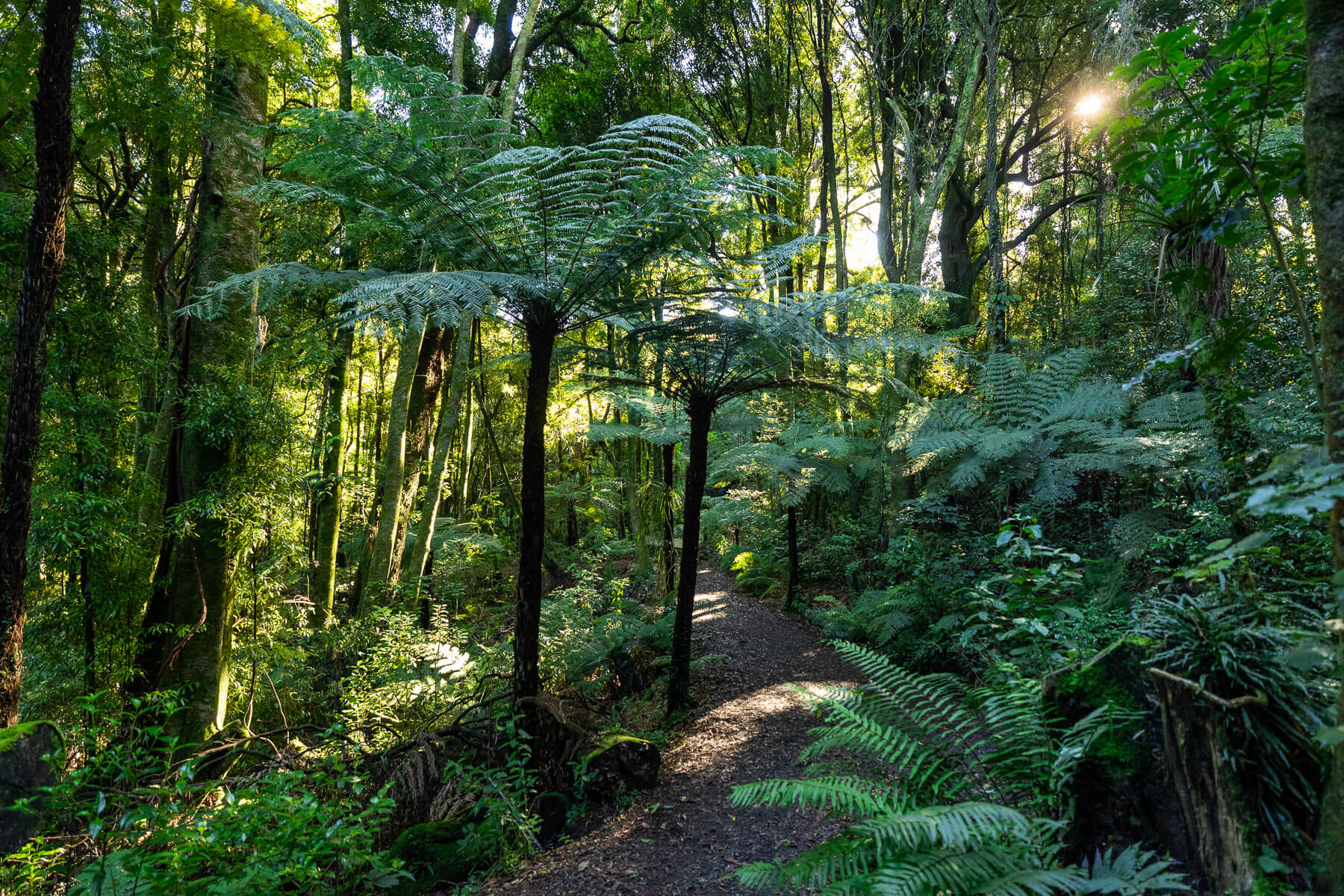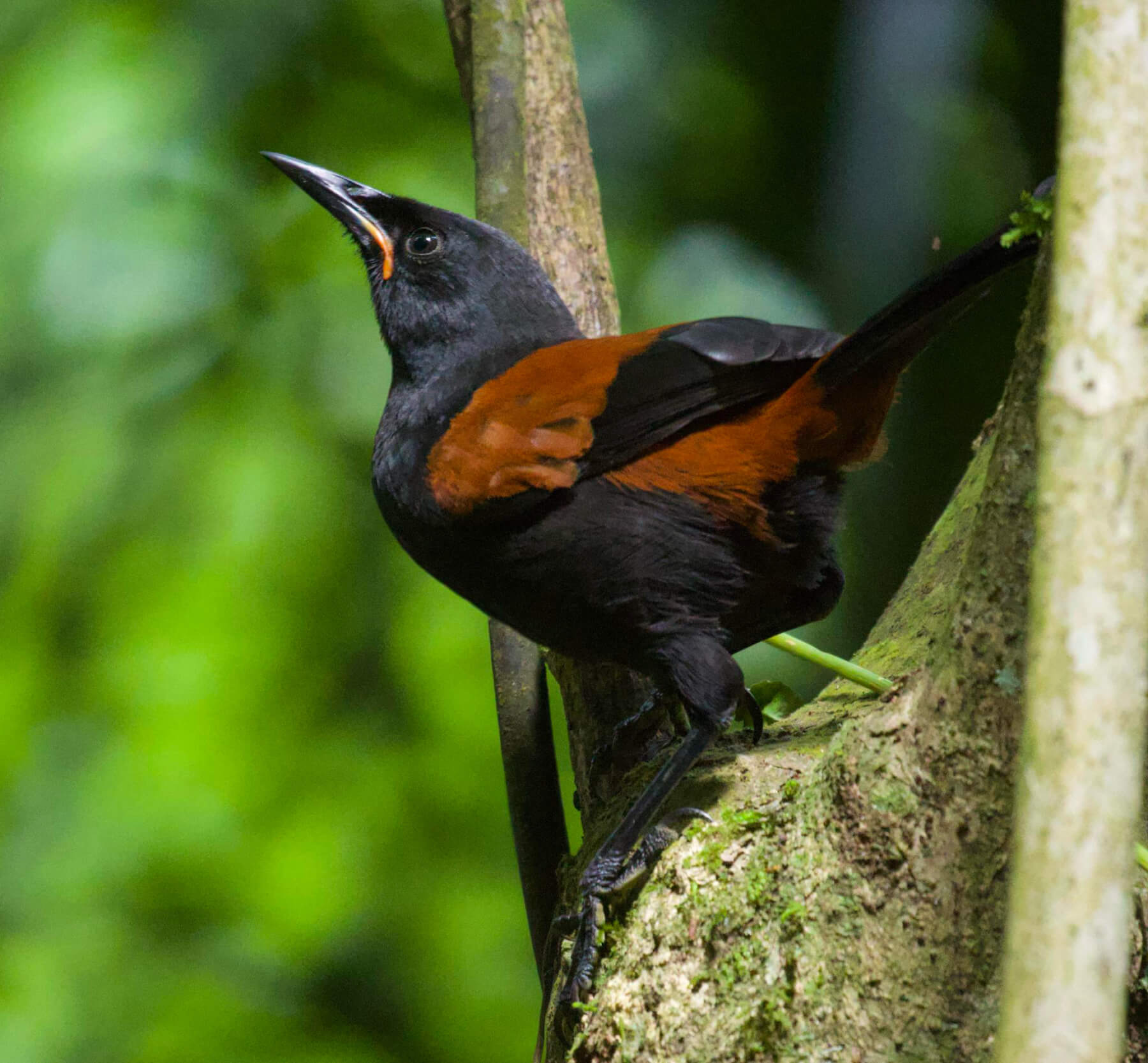
A Māhoenui giant wētā.
The wētā saved by – of all things – gorse – continue to multiply.

A Māhoenui giant wētā.
Almost 200 Māhoenui giant wētā have been moved from their man-made breeding ground – the Ōtorohanga Kiwi House – to Sanctuary Mountain Maungatautari.
The giant wētā is one of the world’s largest insects, measuring up to 7cm and weighing 15 grams and live exclusively in the North Island.
It was found on the Rauputu family farm at Māhoenui near Piopio in 1962 having taken refuge from introduced pests in gorse. A family member took one to school, the headmaster was intrigued and had it identified.
Gorse provides a sanctuary from rats, hedgehogs and possums and browsing goats encourages regrowth. So despite its unwanted status in New Zealand, gorse is still used as a haven for the wētā at Māhoenui.
Department of Conservation staff have been working with Ōtorohanga Kiwi House on a breeding programme and the last week’s release on Maungatautari followed an initial one about 12 years ago.
They have also been sent to private land at Warrenheip near Cambridge and Mahurangi Island off the Coromandel coast.
“Our hope is they breed with offspring of those Māhoenui giant wētā released at Sanctuary Mountain Maungatautari in 2012-13,” DOC Senior Biodiversity Advisor Amanda Haigh said.

Sanctuary Mountain Maungatautari
The nocturnal wētā were released into selected locations across Mount Maungatautari.
Earlier this year the Kiwi House outlined its plan to release a total of 3000 wētā into the wild over three years. The aim is to establish biodiverse populations outside of the remnant population in Māhoenui.
A facility comprising laboratories and a quarantine devoted to raising the insects was opened at the Kiwi House in May last year. Marina and Ngātai Rauputu, on whose land the Māhoenui giant wētā was originally identified, were at the opening.
Marae in the Piopio, Āria and Māhoenui areas – the Mōkau ki Runga hapū – gifted the name ‘Taonga o Kawakawa’, the treasure of Kawakawa to the new wing at Ōtorohanga’s Kiwi House.
Kawakawa is the name of the land on which the Māhoenui giant wētā was found – it is now a scientific reserve.
Earlier this year The News reported the Kiwi House was applying for funding to grow the programme and recruit a full-time keeper.
The team at the facility hatched more than 350 wētā nymphs in January and February. In the previous breeding season it produced 140 nymphs and 110 were being released as adults.
Māhoenui wētā lay their eggs by pushing their egg laying tube into the ground. They lay small groups of up to 100 eggs which develop in the ground and hatch when the weather warms up, which can take up to 10 months.
Newly hatched wētā are called nymphs. It takes up to two years for the wētā to reach adulthood.
There are about 100 types of wētā – which are flightless crickets – including 11 giant wētā.
Earlier in August it was announced two new species of wētā had been discovered on Stewart Island and in the northern Fiordland region. And in April 2022 six new species of wētā and three new subspecies of alpine cave wētā were also found in the South Island.
Wētā played a key role before the introduction of mammals which preyed on them. They acted as ground dwelling predators, scavengers and herbivores – effectively doing the work of rodents.

Ōtorohanga Kiwi House keepers Carly Hill and Paul Barrett were pictured earlier this year servicing Māhoenui giant wētā nymphs. Photo: Chris Gardner

Tīeke at Sanctuary Mountain Maungatautari








